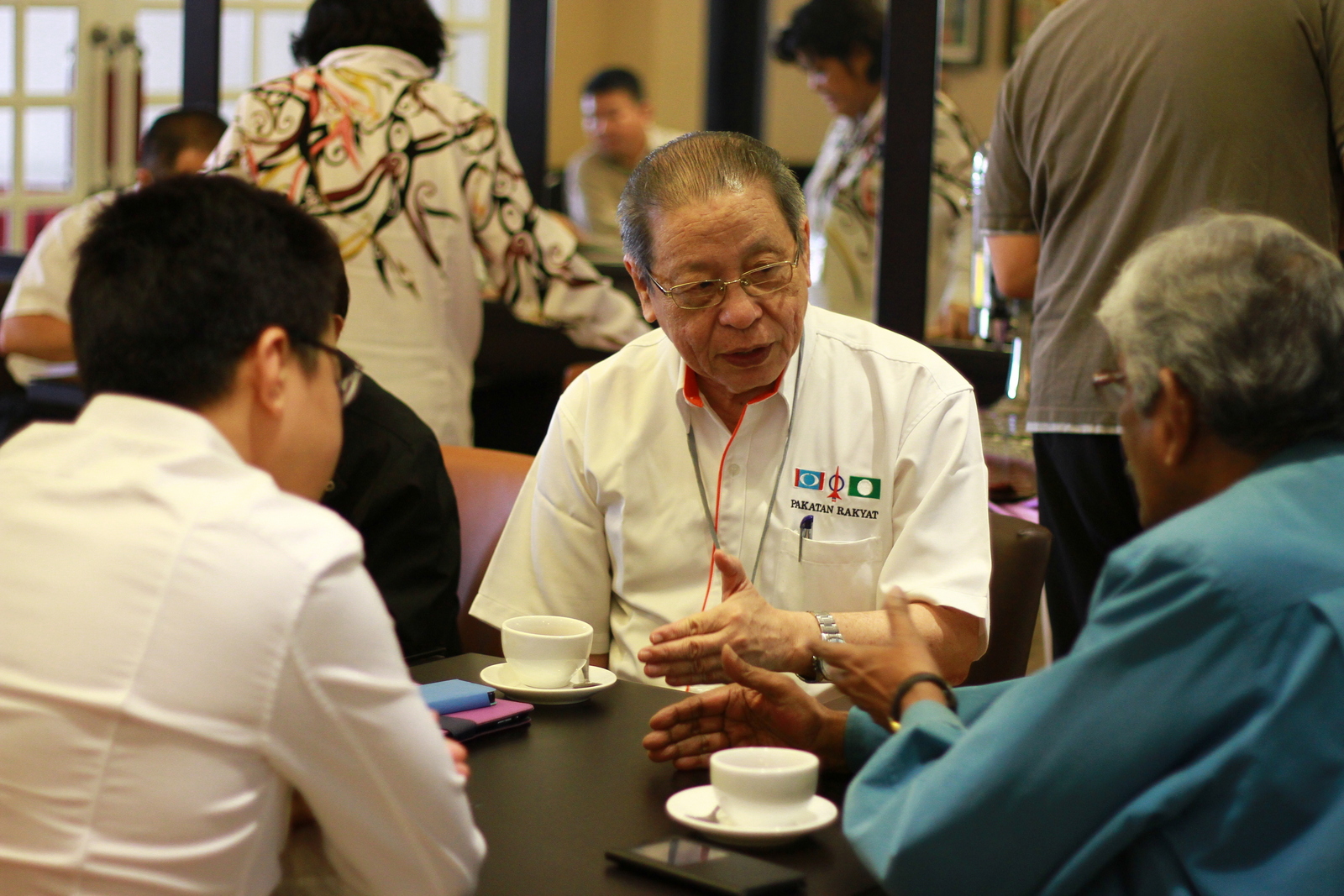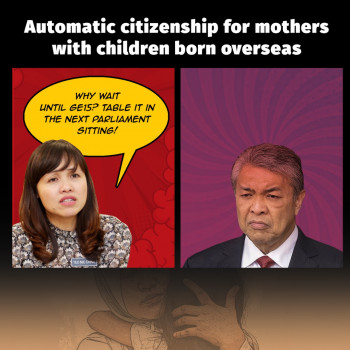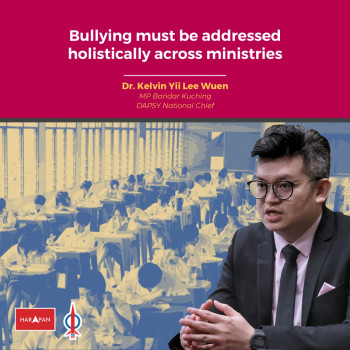By DAP Parliamentary leader Lim Kit Siang
 I thank the DAP Policy Forum, an informal grouping of elected reps who are interested in policy matters, for organising the DAP Semi-urban Caucus meeting. DAP Policy Forum is a reflection of DAP’s maturity with more and more elected reps and party leaders getting involved in working out the policy alternatives of a different Malaysia under a new government. It is also a manifestation that DAP understands the expectations of the Malaysian voting public who wants more from their political leaders.
I thank the DAP Policy Forum, an informal grouping of elected reps who are interested in policy matters, for organising the DAP Semi-urban Caucus meeting. DAP Policy Forum is a reflection of DAP’s maturity with more and more elected reps and party leaders getting involved in working out the policy alternatives of a different Malaysia under a new government. It is also a manifestation that DAP understands the expectations of the Malaysian voting public who wants more from their political leaders.
Semi-urban constituencies are indeed a new experience for the DAP. In many ways, it is an advent of a second phase for the DAP.
Previously, DAP was mostly confined to urban constituencies with high concentration of working class non-Malay voters. It is not that the DAP did not attempt to represent semi-urban constituencies but the previously prevailing circumstances worked against such efforts.
But since the political tsunami in 2008 and followed by the last election in May 2013, DAP made substantial gains in multi-ethnic semi-urban constituencies, both at the parliamentary and at the state levels.
Generally, semi-urban constituencies have the following characteristics:
*Agriculture, fishery and plantation based;
*and if it is ever industrialised, it is mostly low-end manufacturing with substantial number of foreign unskilled labour as workers;
*multi-ethnic;
*older demographic profile as young people work and live in urban centres (but may still vote in the semi-urban constituencies).
In the 2013 election, many near-misses of seats come from semi-urban constituencies. On the peninsula, had the Pakatan Rakyat succeeded in the following clusters of seats, Barisan National would have sat on the opposition bench now, namely,
*Southern Kedah / Northern Penang belt e.g. Kulim Bandar Baru and Kepala Batas
*Southern Perak/Northern Selangor belt e.g. Tanjung Malim and Sabak Bernam
*Northern Johor belt e.g. Segamat and Sekijang
*West Pahang belt e.g. Bentong
For the DAP which was formerly concentrating in urban areas, understand and imagining a new future for agriculture, fishery and plantation are now an urgent task for this effort to propel a second phase of growth for DAP.
It is also important to note that UMNO survives on fanning anxieties and fears among Malays and Bumiputra in the semi-urban constituencies. It is here that the DAP must represent hopes against fears, to offer new political and economic dreams for all and to reassure Malays and Bumiputra voters that a new Malaysia is one that is only against the cronies and not the Malays and Bumiputra.
Malaysia is a rich country for all to live a decent living and only with a new future outside UMNO’s race-based politics that we can have a new Malaysia.
Representing semi-urban constituencies also requires us to rethink our position on meritocracy. We are confronted with very serious and widespread poverty which requires us to complement meritocracy with solidarity, which is a social democratic value anyway.
We must be able to articulate the aspirations of semi-urban constituencies so that we provide Malaysians a future that is beyond UMNO-Barisan Nasional.
In GE2013, Pakatan dominated the urban seats by winning 46 out of 53 (87%). We came close to winning almost half of the semi-urban seats (33 out of 69 or 48%). We only managed to win 10% of rural seats. (Table 1 below)
Table 1: Number of Urban, Semi-Urban and Rural Seats won by BN and PR in GE2013
|
BN |
PR |
TOTAL |
BN% |
PR% |
|
| URBAN |
7 |
46 |
53 |
13% |
87% |
| SEMI-URBAN |
36 |
33 |
69 |
52% |
48% |
| RURAL |
90 |
10 |
100 |
90% |
10% |
| TOTAL |
133 |
89 |
222 |
60% |
40% |
If Pakatan is to win Putrajaya in GE14, we must set the target of 90/70/20 or winning 90% of urban, 70% of semi-urban and 20% of rural seats. This means that Pakatan has to win an additional 2 urban, 16 semi-urban and 10 rural seats in order to win 116 or 52% of parliament seats, assuming the number of seats stay the same. (Table 2 below)
Table 2: 90% Urban, 70% Semi-Urban and 20% Rural target for GE14
|
Target |
# Seats (Target) |
# Seats (Current) |
Difference |
|
90% Urban |
48 |
46 |
2 |
|
70% Semi-Urban |
48 |
32* |
16 |
|
20% Rural |
20 |
10 |
10 |
|
TOTAL |
116 |
88* |
27 |
(*) After losing the Teluk Intan by-election
For the DAP, this means winning semi-urban seats such as Bentong, Cameron Highlands, Alor Gajah, Labis and Tanjong Piai in Peninsular Malaysia, Bintulu in Sarawak and Sepanggar and Putatan in Sabah.
The semi-urban constituencies hold the keys to unlocking the way to Putrajaya. I wish the participants of the Semi-Urban Caucus in the DAP Policy Forum all the success as they brainstorm and plan new ideas in order for DAP and Pakatan to make further headway in the semi-urban constituencies.



